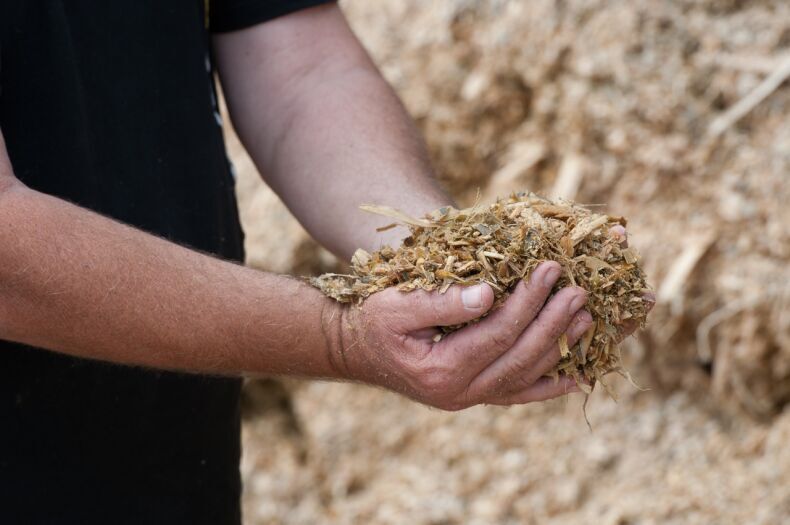
Articles
Why maize silage?

Farmers reading this article are likely to be well aware of some of the many benefits of feeding maize silage to their herd. However, farmers decide to feed maize silage for different reasons, and they may be surprised to learn that maize silage can also benefit other aspects of their farm business outside of how they have traditionally used it.
Reduce FEI
Fonterra suppliers are penalised if the fat evaluation index (FEI) of their milk sits in either the C or D range. As PKE is the key culprit, farmers have been advised to feed no more than 3 kg PKE/cow/day. For those farmers needing higher supplementary feed rates, maize silage is an excellent choice.
Low cost feed
Maize produces high yields, meaning plenty of feed at a low cost. See the latest Pioneer maize silage catalogue for an outline of the expected cost per kgDM of maize silage.
Improved pasture management
Many farmers are using maize silage to manage their pastures better. Maize silage enables cows to be stood off paddocks and fed when there is a danger of either pugging or over grazing. Feeding maize silage creates pasture substitution, which can be very beneficial at crucial times of the year when pasture is short and round length needs to be lengthened.
Improved cow condition
Maize silage is proven to be one of the best cow conditioners farmers have available. Feeding maize silage at the end of lactation means more days in milk and better cow condition the subsequent calving.
Feed on hand when you need it
Feed shortages, especially in early lactation, can increase condition score loss, resulting in an increased risks of metabolic diseases, such as ketosis. There is also a likelihood of lower production and slower cycling.
Having maize silage on hand for the times of year when the season doesn’t go as expected makes great sense. Provided it is well-compacted and sealed, maize silage can be stored on-farm for several seasons without a deterioration in quality and fed when required.
Environmentally sustainable
Among the most significant reasons to grow maize is its ability to reduce nitrogen leaching. Maize, with its deep-rooting structure, removes excessive soil nutrients which have dropped out of the root zone of shallow-rooted pasture species.
Feeding maize silage in conjunction with pasture also reduces urinary nitrogen levels reducing the risk of loss into the ground water.
Transition feed
Many farmers in cool regions winter on fodder beet. There are a growing number of farmers who have discovered maize silage to be an ideal transition feed for cows moving from fodder beet back on to pasture. Because it contains a balance of carbohydrate (from the grain) and fibre (from the plant), it helps the rumen adjust from a high sugar diet to a digestible fibre diet.
